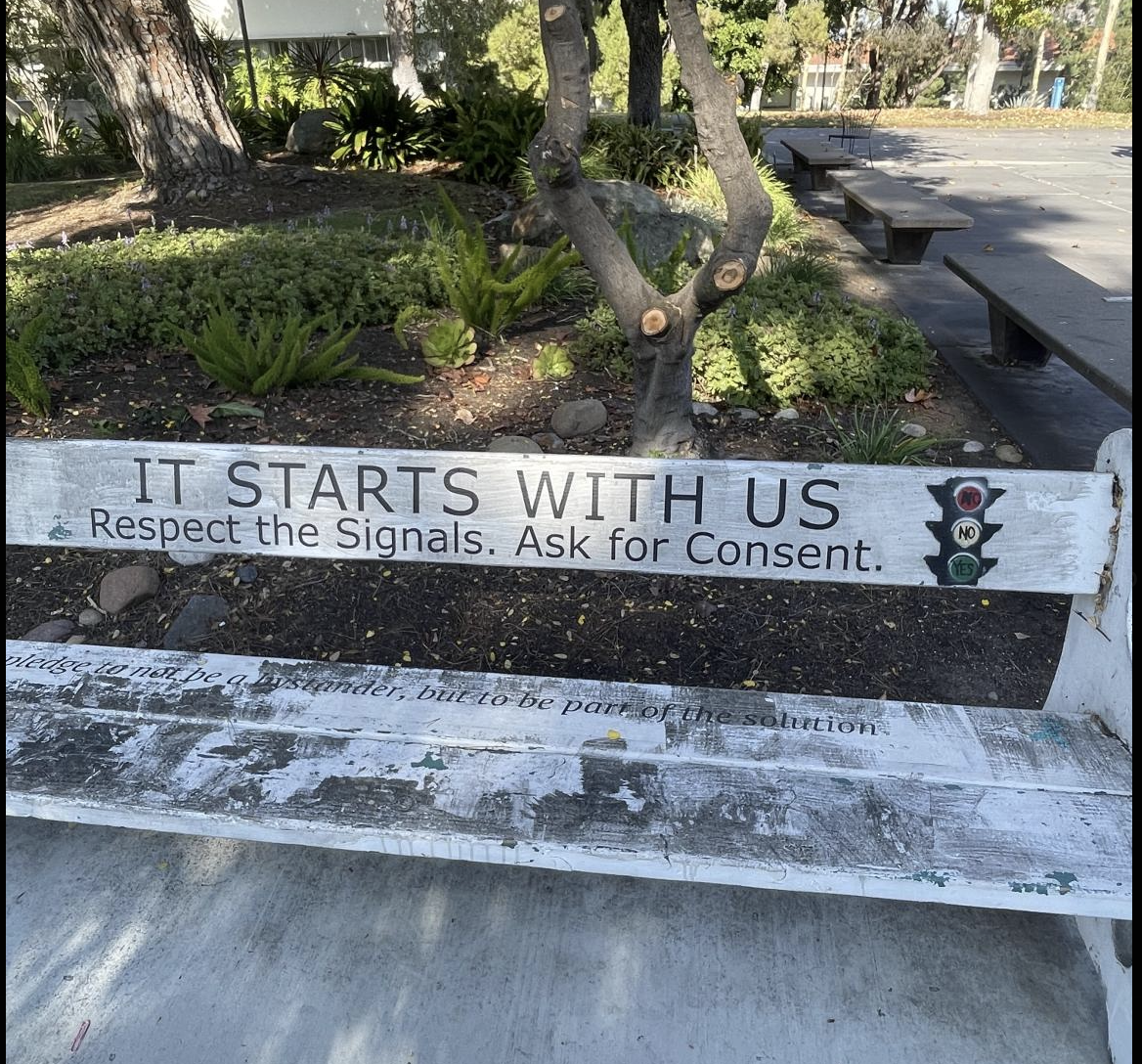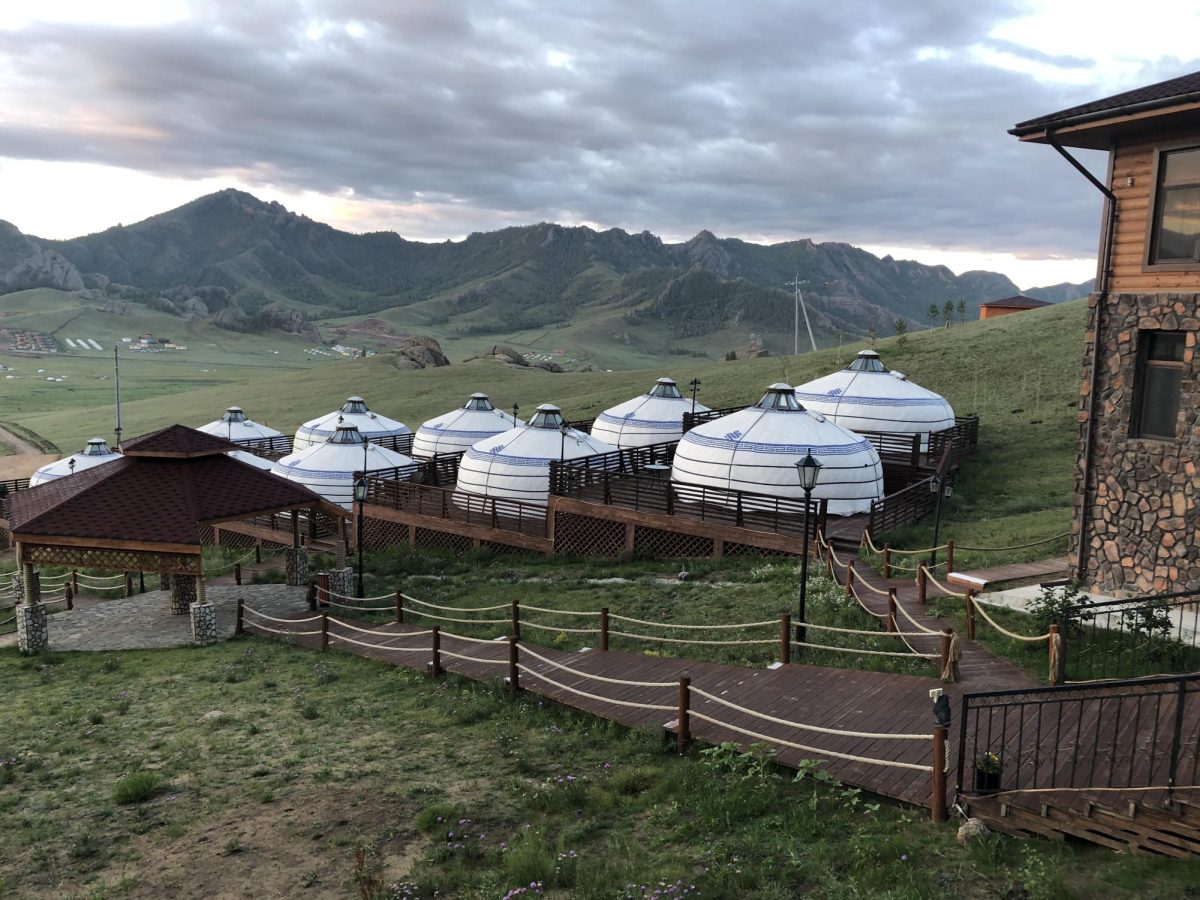When choosing to come to San Diego State University, I was influenced by both the beauty of San Diego and the academics of the school, but the food is what cemented my decision to come here. California is known for its assortment of food choices, as well as being an oasis of healthy foods. Back home in Colorado, the most diversity there was for me was the choice between Chick-fil-A or Wendy’s. If I wanted something a little more nutritious, Jersey Mike’s Subs was my only option.
Going to school at San Diego State, however, meant that I’d have access to the best acai bowls, fresh produce and limitless vegan options.
But, shortly after starting school, I realized this wasn’t the case at all. During my first night at SDSU, most of my dinner choices ranged from pizza to loaded fries. And worse yet, the healthy options were expensive and unappetizing.
It soon became apparent that SDSU has a major problem when it comes to providing healthy food for its students. This, in turn, seriously hinders students’ health and diets.
The absence of fresh vegetables and fruits is seen all over campus, as choices strictly range from small bags of carrots to overpriced fruit cups at the Aztec Market. And even then, as some students have reported, the $10 fruit cups are moldy and expired. Students may even try visiting the Garden, branded as a healthy restaurant, only to be met with zero selection for fruit.
On the hunt for better food options, students might try shopping at the on-campus Trader Joe’s—but they would quickly be met with more disappointment. Despite the convenience of having a grocery store on campus, it’s unrealistic to expect every student looking for healthier alternatives to buy food from this store because the prices are expensive and college isn’t cheap. According to the Education Data Initiative, tuition costs at a public university have grown about 31% from 2010 to 2020. Along with the growing population of low-income students and insufficient financial aid, not many students have it within their budget to go grocery shopping every week.
For freshman students, Trader Joe’s is especially impractical since it isn’t on the meal plan, limiting them to what’s available at the Aztec Market. But freshmen have 30 dollars a day, and Aztec Market’s obvious overcharging of fresh produce tends to leave students picking the cheaper, usually unhealthier, food sold. With the choice of about two cups of fruit for $9 or a big bag of chips for $3, students normally choose the cheaper option.
A study done on freshman students at a California public university found that the participants viewed nutritious options as more expensive than the less nutritious alternative, leading them to choose the least expensive options.
Physical hunger isn’t the only outcome of a deficient diet. A poor diet can lead to many long and short-term health effects, which can significantly harm students. According to the Journal of Health Psychology, freshman students who experience food insecurity have a higher chance of experiencing depression and overwhelming stress than students not experiencing food insecurity.
Like many college students, myself and my peers have had to adjust to the “college diet,” leaving us feeling more fatigued and unhealthy than ever. But, the more we discussed breaking these habits, the more we realized we were set up for failure at San Diego State.
Knowing that a poor diet can lead to severe health problems, SDSU should be taking greater steps to prevent their students from experiencing food insecurity and make sure their health is a top priority. By working with vendors to bring in more produce, SDSU can increase the food variety for its students on meal plans while making sure that the produce in store is of good quality. This is just one way for SDSU to combat lack of nutritious food choices.
Lowering prices for healthier items, and prices in general would also be beneficial to students’ health. The SDSU Dining office and Associate Director of Aztec Markets & Concessions can work with vendors to fix the inflated prices at the market. With lower prices, students no longer have to shop for whatever is cheapest and forgo food quality and their health. Instead, students can afford a well rounded breakfast, lunch, and dinner that provides nutrients and energy.
Food quality goes so much deeper than good or bad for you. Food insecurity and lack of good food is directly linked to risk of lower academic performance and mental health issues. In order for SDSU’s students to thrive, our school needs to start taking bigger steps to increase its variety of healthy food and improve its students’ meal choices so all students can succeed.






